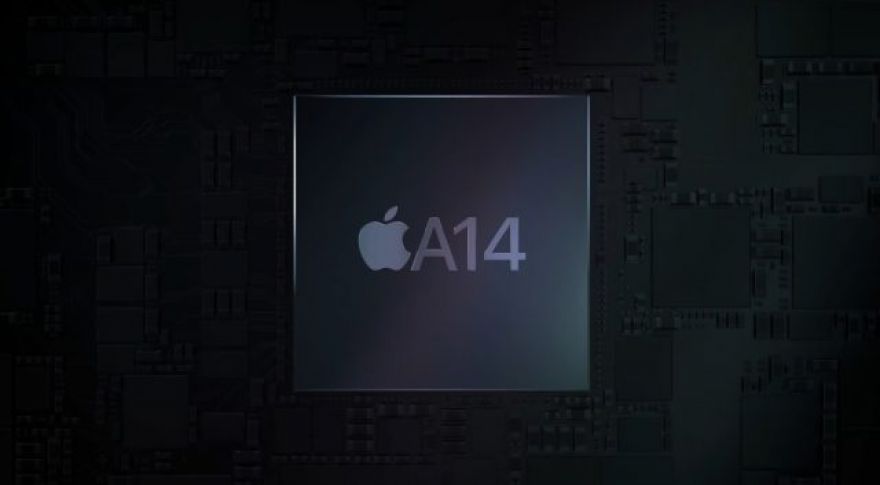
Apple Books TSMC’s Entire 5nm Production Capability
TSMC won’t have to worry about finding additional customers for its 5nm line any time soon. If reports are true, Apple bought the entire production capacity for the iPhone, iPad, and other refreshed devices it has recently launched or will launch in the coming weeks. Apple hasn’t refreshed the iPhone yet this year, but it’s expected to do so in October, and the company has had a lock on TSMC’s 5nm production for months.
TSMC 5nm chips for the iPhone 12, iPad Air, 5G iPad Pro, and any future MacBook or iMac systems Apple launches with its own custom ARM silicon.
This sort of single-customer focus is unusual for a pure-play foundry, but it also makes sense given longstanding trends in the semiconductor market. Ten years ago, companies such as AMD, Nvidia, and Intel were typically the first manufacturers to deploy on leading-edge nodes. These firms used their high-end designs to function as “pipe-cleaners” for the node. More recently, however, that trend has shifted. Now, it’s the mobile manufacturers like Apple and Qualcomm that typically take the first launches.
AMD, for example, will still be building its new APUs and CPUs on 7nm, even as TSMC moves down to 5nm this year. This, however, works out well for all involved. By the time Apple is ready for TSMC’s second-generation 5nm in a year, there’ll be more 5nm capacity online for everyone else. Apple is now the company that soaks the heavy lift of the latest nodes. In other cases, like Nvidia’s partnership with Samsung, the company has decided to work with 8nm, which is a refined version of Samsung’s 10nm, rather than jumping directly for 7nm EUV.
This kind of preferential node usage is a shift in practice that engineers were predicting would happen a decade ago. As it becomes more difficult to progress to new nodes, more manufacturers are offering what we might have once called “half nodes” — improved variants of older technology that don’t require companies to redesign from scratch but still offer improved performance.
Some firms now stay with older nodes for longer, or choose to extend them through multiple iterative node transitions before leaping for the next major change in design layouts and technology. Companies are focusing on improving aspects of the device such as packaging as a means of squeezing more power and performance out of their hardware rather than relying on higher clocks. This works out well for all involved, not least because it can take time for TSMC to tweak nodes for high-end CPUs and GPUs in the first place. Not every mobile node is great for high-end silicon. Everyone but a few mobile vendors skipped 20nm, and neither AMD nor Nvidia ever tapped any of the original 10nm production built by Samsung or TSMC.
Apple is expected to produce between 74M and 80M iPhone 12’s this year. The biggest near-term impact of this is Qualcomm reportedly partnering with Samsung to build the Snapdragon 875 on that company’s 5nm, with a formal announcement expected in December. Nvidia is also tapping Samsung’s 8nm line for some of its next-generation Ampere hardware. Companies like Nvidia and AMD (and possibly Intel if its own 7nm plans fall through) will tap 5nm in years to come, especially once Apple begins transitioning to its own next-generation node.
Now Read: